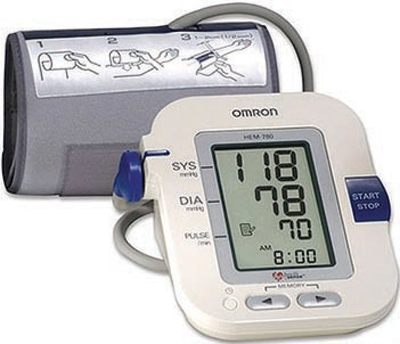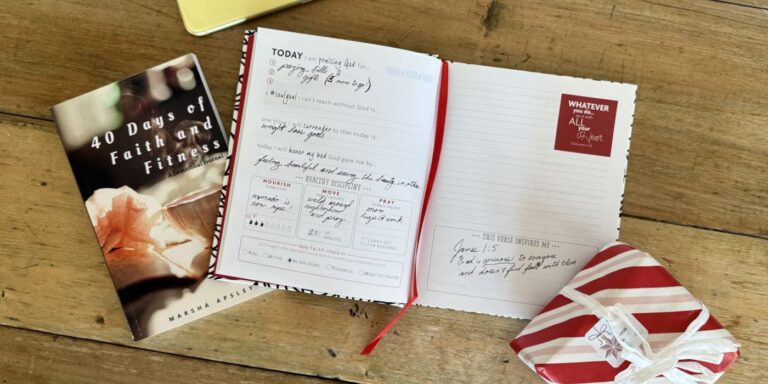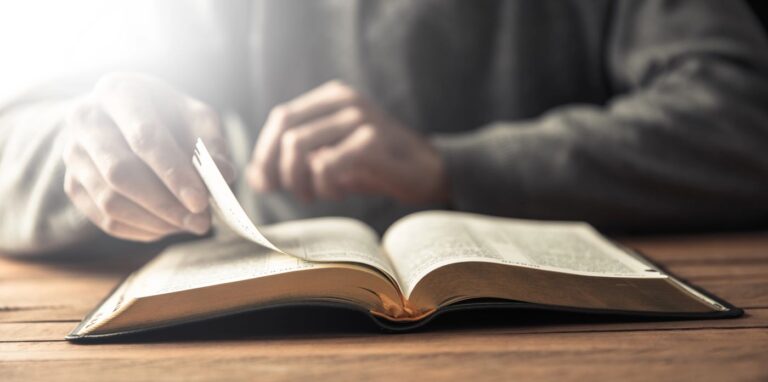Blood pressure is the force of blood pushing up against the blood vessel walls. The higher the pressure the harder the heart has to pump. The top number in a blood pressure reading, known as the systolic reading, measures the pressure in the arteries when the heart beats. The bottom number, referred to as the diastolic reading, is the lower of the two numbers. The diastolic number measures the pressure in the arteries between heartbeats.
High blood pressure, also known as hypertension, affects as many as one in three American adults. For many years normal blood pressure readings were defined as having a systolic reading of 120 or less, and a diastolic reading of 80 or less. According to Dr. Kelly Cassano, the medical director for Mount Sinai Medical Group, experts have recently redefined the numbers associated with hypertension. “Hypertension is now defined as a sustained elevation of blood pressure above 140-159/99-100,” says Cassano. “Generally, we consider a patient to have hypertension when they’ve shown high blood pressure on average of a few readings on three separate visits.” It’s estimated that hypertension affects 58-65 million Americans.
There are two main types of hypertension. “With essential hypertension, though we may know a few risk factors, there may not be just one cause,” says Cassano. “With secondary hypertension, the hypertension is a symptom of another problem, like kidney disease — so treating the kidney disease is crucial for treating the high blood pressure.”
Doctors have identified multiple risk factors for hypertension; the most common are obesity, tobacco use, and family history. “For obese patients, the heart has to work harder to maintain the pressure throughout the system,” says Cassano. “With tobacco use, the nicotine has an impact on the vascular wall, causing it to stiffen — smokers tend to worry about lung cancer, but heart attack and stroke are even more common.” The connection between genetics and hypertension isn’t entirely clear, but studies have clearly shown that people with a family history of the disease are at higher risk of developing it themselves.
Aging is another risk factor for high blood pressure. “The incidence of hypertension goes up with each decade, which has to do with natural changes in the blood vessels,” says Cassano. “As the blood vessels stiffen with age and lose their elasticity, the resistance in the vessel walls is higher than when they could give a bit.” African-Americans are at especially high risk of hypertension, which is most likely linked to their higher risk of kidney disease.
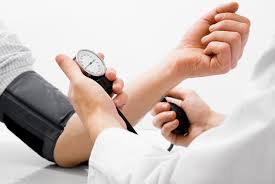 SIGNS AND SYMPTOMS
SIGNS AND SYMPTOMS
One of the reasons hypertension poses such a problem is that it often progresses stealthily. “There are no tell-tale symptoms early on — that’s why we call it the silent killer,” says Cassano. Most patients are only diagnosed with hypertension as part of routine screening. “It’s not usually the case that people come running in because they don’t feel well from the high blood pressure itself,” says Cassano. “More typical is that the patient comes in for another reason, like a sore throat, and part of the standard checkup is to do a blood pressure check-so the high blood pressure is usually found incidentally.”
TRADITIONAL TREATMENT
The good news is that high blood pressure very often responds well to lifestyle modifications. “Unless people are only being diagnosed at a later stage, we usually recommend a trial of lifestyle modifications, including weight loss, stopping any tobacco use, and exercise,” says Cassano. “For some people, changing to a healthier lifestyle can be treatment enough; others require medication.” Controlling any co-morbidities like diabetes is also a cornerstone of treatment.
Improving diet and exercise habits can have a profound effect on blood pressure. “The American Heart Association recommends 30-40 minutes of exercise, three to four days a week,” says Cassano. “But it also depends where the person’s starting point is — we recommend the average person to aim for 10,000 steps a day.” For some patients, restricting salt can help cut blood pressure; for other patients, medications including birth control pills can be increasing their blood pressure. “The biggest change in BP is coming from when to initiate therapy and the goals of therapy,” says Cassano. “In the past, we wanted a target blood pressure to be 120 over 80, but we now know that for certain age groups the target number may be different.”
More Health And Wellness Articles From Faith & Fitness Magazine
Blog Your Way To Better Health
Chocolate – This 'Super Food' Needs No Candy Coating
The 4 Simple Keys Of Prevention
Five Natural Ways to Lower Blood Pressure
1. Exercise Several Times Each Week
The American Heart Association recommends 30-40 minutes of exercise several times each week. 30 minutes of a vigorous cardio workout at least 5 days per week can help to lower blood pressure by as much as 8 mmhg over 6 mmhg.
2. Eat More Potassium Rich Fruits and Vegetables
Medical experts recommend an intake of 2,000 to 4,000 mg per day of potassium. The following chart contains several foods with at least 450 mg of potassium per serving.
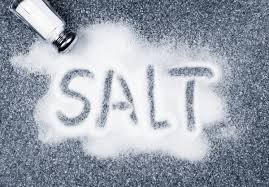 3. Cut Back on Salt
3. Cut Back on Salt
The average American consumes almost 3,000 mg per day in sodium (salt), and experts recommend cutting this number is half, to 1,500 mg per day. Limiting your daily sodium intake can lower your number 2-8 points. Read the labels and be especially careful with processed foods. Some high sodium foods you may want to avoid include packaged deli meats, canned goods, soups, and frozen dinners.
4. Drink Less Alcohol
Limiting yourself to no more than one alcoholic drink per day for women and two for men can bring down your systolic blood pressure by 2-4 points. One drink is considered any one of the following:
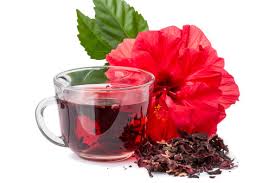 5. Take up Hibiscus Tea
5. Take up Hibiscus Tea
Participants in a Tufts University study who sipped 3 cups of hibiscus tea every day for 6 weeks lowered their systolic blood pressure by an average of 7 points. The phytochemicals in hibiscus are believed to be responsible for the reduction in blood pressure.
Information in article provided courtesy of the following:
Katie Charles / New York Daily News and Dr. Kelly Casano of the Mount Sinai Medical Group
The Editors of Prevention, ABC News and WebMd

